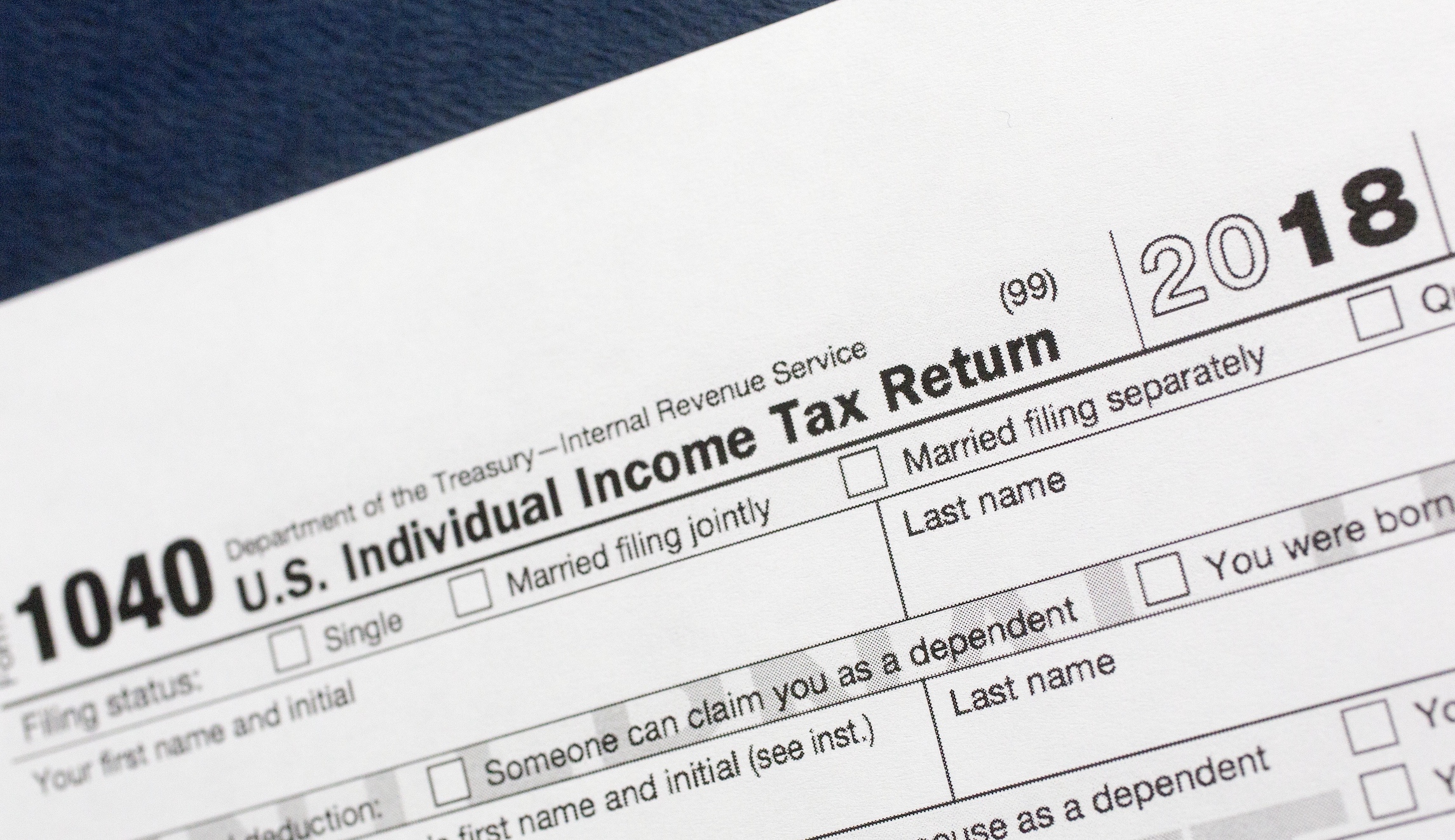

The bipartisan child tax credit expansion proposed Tuesday, if passed, would affect millions of families across the United States, particularly those who earn the least.
The plan was announced on Tuesday after weeks of talks between Ways and Means Chairman Jason Smith (R-MO) and Senate Finance Committee Chairman Ron Wyden (D-OR). The legislative plan builds upon the current tax credit, which was boosted by the 2017 Tax Cuts and Jobs Act, otherwise known as the Trump tax cuts.
The plan specifically expands the child tax credit by changing the calculation of the credit on a per-child basis to make it more generous. It also increases the maximum refundable amount per child to $1,800 in tax year 2023, $1,900 in 2024, and $2,000 in 2025.
Garrett Watson, a senior policy analyst at the Tax Foundation, told the Washington Examiner that one of the most notable changes is that it increases the maximum amount of the credit that is refundable.
Refundability is the ability for households with no tax liability to receive a check from the government. The new proposal raises the current $1,600 cap on the amount of the credit that is refundable. The change would most benefit lower-income families (given they pay little to nothing in income taxes).
“This is going to affect families who are working families who are lower-income who don’t make quite enough to have the full $2,000 amount — they might still be at, say, $1,500 … so they’ll see a more generous [child tax credit] there,” Watson said.
Joshua McCabe, the director of social policy at the Niskanen Center, said the bipartisan proposal is a big deal because it marks the first progress in making changes to the credit since the expiration of a temporary expansion by Democrats in 2021.
At the time, Congress raised it to $3,600 for children under 6 and $3,000 for older children, with perhaps the biggest change being the removal of an income threshold for those who receive the funds. Thus, a family with no income or head of household working would also receive the full $3,600 or $3,000 payments. The boosted tax credit sunset at the end of 2021.
Republicans largely opposed the temporary pandemic-era expansion because of the lack of work requirements. They equated it to welfare without work.
Watson pointed out that while the expansion would help millions of people, a subset of those who saw major benefits from the 2021 expansion (those who don’t earn an income) won’t see a benefit as part of this package.
Oren Cass, the executive director of American Compass, a group that pushes for a conservative economic agenda focused on workers and families, told the Washington Examiner that the expansion is not nearly as dramatic as the 2021 expansion or what his group would like to see. Still, he said that there are several meaningful adjustments.
Of crucial note, he pointed out that the agreement strikes a critical balance between providing bigger financial assistance to low-income U.S. families while still maintaining a connection to work and not just being an automatic check.
Families that will see the biggest benefits should the legislation pass are those earning very little, so the bill has the ability to lift some poor families out of poverty. For instance, families earning between $10,000 and $30,000 will see a much larger credit if they have more than one child.
“They changed the way the phase-in works so now it’s on a per-child basis,” McCabe said.
For someone with three children working full-time at the federal minimum wage, right now, they might get $1,800, he said. The new proposal would triple that, and the same family would be getting a $5,400 credit.
“If you’re working full time as a low-wage worker, this is a major, major improvement if you have more than one kid,” McCabe added.
Early projections are already showing that the new expansion will be a big boost for poor families. In the first year, the proposal would lift as many as 400,000 children out of poverty, according to the Center on Budget and Policy Priorities, a left-leaning think tank.
Additionally, the group projects that it will make some 3 million children less poor as their families’ incomes inch closer to the poverty line.
“When the proposal is fully in effect in 2025, it would lift some half a million or more children above the poverty line and make about 5 million more less poor,” researchers said. “This would mark the beginning of a much-needed reversal of the sharp rise in child poverty that occurred in 2022, following the expiration of the Rescue Plan expansion of the Child Tax Credit and other COVID relief measures.”
The new proposal also indexes the credit for inflation, which has torn through U.S. households for two years now, making life far less affordable.
McCabe said he was “pleasantly surprised” to see that the indexing was included. He called it a “major turning point” that will protect lower- and middle-income families from out-of-control price growth.
If the credit had been indexed for inflation during the worst of the current inflationary scourge, it would have seen significant increases. If a family was receiving $2,000 back in 2018 and it had been indexed for inflation, that same family would be getting closer to $2,400 today.
In return for a bigger child tax credit, some major business tax provisions were revived as part of the plan.
A tax deduction for research and development costs that had expired was among the provisions. Republicans had made restoring the deduction a major priority. After it expired, companies have had to amortize R&D expenses, meaning they faced a higher tax burden.
The agreement would also temporarily halt the phase-out of bonus depreciation. That is the feature of the Trump tax cuts that allowed companies to write off certain capital expenditures immediately instead of having those deductions written off over the “useful life” of the asset.
CLICK HERE TO READ MORE FROM THE WASHINGTON EXAMINER
Still, for Cass and other proponents, on both the Right and Left, of increased government support for families, this proposal is welcome but still doesn’t reach as far as would be ideal.
Cass said, from his group’s perspective, what the country ultimately needs is an “actual, coherent family benefit that is not awkwardly and temporarily welded onto the tax code.” Ideally, Cass said such payments would be tethered to income, paid out monthly, and be more akin to Social Security.







